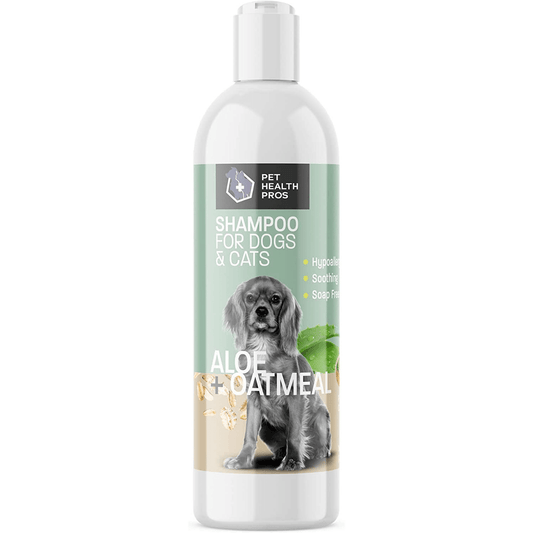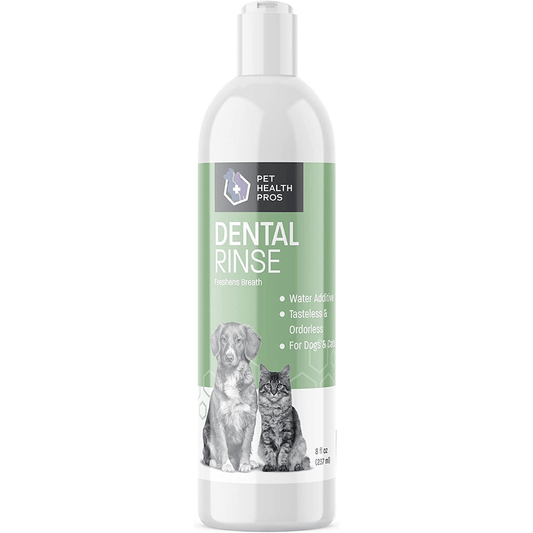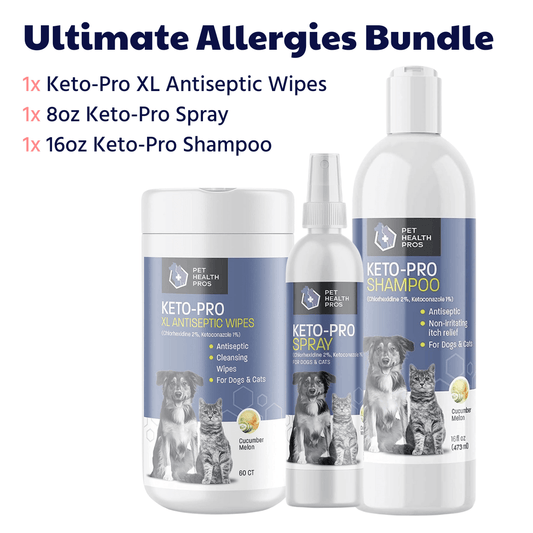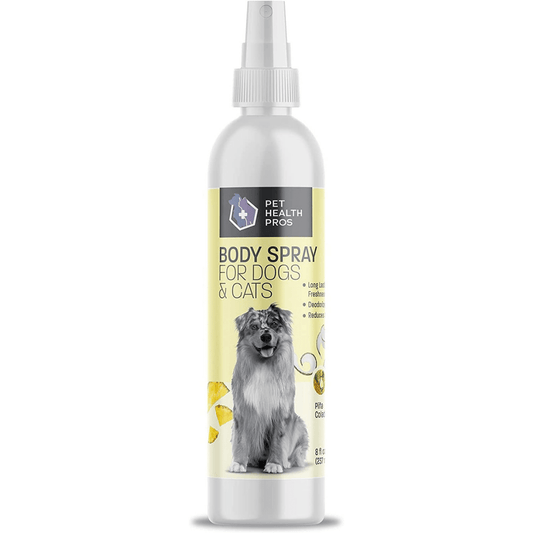Multi-pet households, especially those with both cats and dogs, offer a unique and rewarding experience for pet owners. Understanding the dynamics between different species is crucial for creating a harmonious living environment. This article delves into the benefits, challenges, and strategies for managing multi-pet homes, ensuring that all furry companions coexist peacefully and thrive.
Key Takeaways
- Multi-pet households can provide emotional, social, and health benefits for both pets and owners.
- Proper introductions and ongoing monitoring are essential for successful pet integration.
- Understanding the temperaments of cats and dogs helps in managing their interactions and preventing conflicts.
- Feeding strategies should cater to the unique nutritional needs of each species and manage mealtime conflicts.
- Routine health checks and preventative measures are crucial for maintaining the well-being of all pets in a household.
The Benefits of Multi-Pet Households
Emotional and Social Advantages
Having multiple pets in a household can significantly enhance the emotional and social well-being of both the pets and their owners. Pets often provide companionship and reduce feelings of loneliness. For families, pets can teach children about responsibility and empathy. Additionally, pets can form strong bonds with each other, providing mutual comfort and reducing anxiety.
Health and Wellness Benefits
Multi-pet households can also contribute to the overall health and wellness of both pets and humans. Studies have shown that having pets can lower blood pressure, reduce stress, and increase physical activity. For pets, having a companion can lead to more playtime and exercise, which is crucial for their physical health. Moreover, the presence of multiple pets can stimulate mental engagement, keeping them sharp and active.
Enhanced Pet Behavior
When pets live together, they often learn from each other, which can lead to improved behavior. For instance, a well-trained dog can influence a new puppy to follow commands and routines. Similarly, cats can learn social cues and play behaviors from each other. This peer learning can make training easier for owners and create a more harmonious living environment.
In multi-pet households, the dynamics between pets can lead to a more enriched and fulfilling life for everyone involved.
Introducing New Pets to Each Other
Before bringing a new pet into your home, it's crucial to make initial preparations. Ensure that your home is ready by setting up separate spaces for each pet. This helps in reducing stress and territorial behavior. Gather necessary supplies such as food, water bowls, and bedding for the new pet. Additionally, consider using pheromone diffusers to create a calming environment.
The first meeting between pets should be carefully managed. Start by allowing them to sniff each other through a barrier, such as a baby gate. Gradually increase their interaction time while monitoring their behavior. It's important to remain calm and patient during these introductions. Reward positive interactions with treats and praise to encourage good behavior.
After the initial meetings, closely monitor the pets' interactions. Look for signs of stress or aggression, such as growling or hissing. If necessary, separate them and try reintroducing them later. Consistency is key; maintain a routine to help both pets adjust. Over time, they will likely become more comfortable with each other, leading to a harmonious multi-pet household.
Introducing new pets to each other requires patience and careful planning. By taking the right steps, you can foster a peaceful and happy environment for all your furry friends.
Managing Different Pet Personalities
Cats and dogs have distinct temperaments that can influence their interactions. Understanding each pet's personality is crucial for fostering a harmonious environment. Cats, for instance, may be more independent and territorial, while dogs often seek social interaction and can be more trainable. Recognizing these differences helps in tailoring care and behavior management strategies.
To create a peaceful multi-pet household, it's essential to provide both shared and individual spaces. This allows each pet to have their own territory and reduces the likelihood of conflicts. Consider setting up separate sleeping areas, litter boxes for cats, and designated play zones. Consistency in routines and positive reinforcement can also help in maintaining harmony.
Conflicts between pets can arise due to various reasons, such as competition for resources or mismatched temperaments. It's important to monitor interactions and intervene when necessary. Techniques like gradual introductions, supervised playtime, and using barriers can help manage and reduce conflicts. If issues persist, consulting with a veterinarian or a pet behaviorist may be beneficial.
A well-managed multi-pet household requires patience, understanding, and a proactive approach to address the unique needs of each pet.
Feeding Strategies for Cats and Dogs
Nutritional Needs of Cats and Dogs
Cats and dogs have distinct nutritional requirements. Cats are obligate carnivores, meaning they need a diet high in meat-based proteins. Dogs, on the other hand, are omnivores and can thrive on a more varied diet that includes grains, vegetables, and meats. It's crucial to provide species-appropriate food to ensure each pet receives the necessary nutrients.
Separate Feeding Areas
To prevent food aggression and ensure each pet eats their designated food, it's advisable to establish separate feeding areas. This can be as simple as feeding cats on elevated surfaces where dogs can't reach or using different rooms. Consistency in feeding locations helps pets feel secure and reduces stress during mealtime.
Managing Mealtime Conflicts
Mealtime conflicts can arise in multi-pet households. To manage these, consider the following strategies:
- Feed pets at the same time but in different locations.
- Use barriers or baby gates to separate feeding areas.
- Monitor mealtimes to ensure no pet is stealing food from another.
Proper management of feeding routines can significantly reduce stress and promote a harmonious living environment for all pets.
Health and Veterinary Care in Multi-Pet Homes
Routine Health Checks
Regular health checks are essential for maintaining the well-being of all pets in a multi-pet household. Scheduling annual veterinary visits for each pet helps in early detection of potential health issues. It's important to keep a record of vaccinations, deworming, and other routine treatments to ensure that each pet is up-to-date with their health care.
Preventative Measures
Preventative care is crucial in multi-pet homes to avoid the spread of diseases and parasites. This includes:
- Regular flea and tick treatments
- Heartworm prevention
- Maintaining a clean living environment
Additionally, ensuring that each pet has their own bedding and feeding areas can help minimize the risk of cross-contamination.
Emergency Preparedness
Being prepared for emergencies is vital in a multi-pet household. Create an emergency kit that includes:
- First aid supplies
- Contact information for your veterinarian and the nearest emergency animal hospital
- Copies of each pet's medical records
In case of an emergency, having a well-thought-out plan can make a significant difference in the outcome for your pets. Make sure all family members are aware of the emergency procedures and know where the emergency kit is located.
Creating a Pet-Friendly Home Environment
Safe Spaces for Each Pet
Creating safe spaces for each pet is crucial in a multi-pet household. Cats and dogs need their own areas where they can retreat and feel secure. This can be a cozy corner, a specific room, or even a designated crate. Ensure these spaces are quiet and away from high-traffic areas to reduce stress and anxiety.
Shared and Individual Play Areas
Both shared and individual play areas are important for maintaining harmony. Shared play areas should be spacious enough to accommodate all pets without causing territorial disputes. Individual play areas allow each pet to enjoy their own activities without interference. Interactive toys and climbing structures can help keep pets engaged and active.
Pet-Proofing Your Home
Pet-proofing your home is essential to ensure the safety of all pets. This includes securing loose wires, removing toxic plants, and keeping small objects out of reach. Use baby gates to restrict access to certain areas and ensure that all cleaning supplies and medications are stored safely. Regularly check for potential hazards to maintain a safe environment.
A well-organized and safe home environment not only protects your pets but also enhances their overall well-being and happiness.
Training Techniques for Multi-Pet Households
Training multiple pets in a household can be a rewarding yet challenging experience. Consistency is key when it comes to teaching both cats and dogs basic commands. Each pet may have different learning speeds and styles, so patience is essential.
Basic Commands for Cats and Dogs
Training cats and dogs to follow basic commands like 'sit', 'stay', and 'come' can help maintain order in a multi-pet household. While dogs are generally more receptive to command training, cats can also learn with the right approach. Use treats and positive reinforcement to encourage good behavior.
Positive Reinforcement Strategies
Positive reinforcement is one of the most effective training techniques. Rewarding pets with treats, praise, or playtime when they exhibit desired behaviors can reinforce those actions. This method helps in building a trusting relationship between you and your pets.
Addressing Behavioral Issues
Behavioral issues such as aggression or anxiety can arise in multi-pet households. Identifying the root cause of these issues is crucial. Sometimes, consulting with a professional trainer or veterinarian may be necessary to develop a tailored plan for your pets.
Training is not just about teaching commands; it's about building a harmonious environment where all pets feel secure and valued.
Managing a multi-pet household can be challenging, but with the right training techniques, harmony is achievable. Discover expert tips and products designed to make your life easier and your pets happier. Visit our website to explore our range of pet health supplies and find the perfect solutions for your furry friends.
Conclusion
In multi-pet households, understanding the dynamics between cats and dogs is crucial for fostering a harmonious living environment. By recognizing the unique needs and behaviors of each species, pet owners can create a balanced and peaceful home. Pet Health Pros, with its extensive experience and commitment to quality, offers valuable resources and products to support pet owners in this endeavor. Our collaboration with veterinarians ensures that our supplies are not only superior but also affordable, catering to the well-being of both cats and dogs. As a trusted U.S.-based company, we are dedicated to continuously improving our offerings to meet the evolving needs of pets and their owners. With our expert care and community-focused approach, we strive to make every multi-pet household a place where all pets can thrive together.
Frequently Asked Questions
What are the benefits of having both cats and dogs in a household?
Multi-pet households can provide emotional and social advantages, health and wellness benefits, and enhanced pet behavior through companionship and social interaction.
How should I introduce a new pet to my existing pets?
Start with initial preparations, conduct controlled first meetings, and monitor their interactions closely while making necessary adjustments to ensure a smooth transition.
What are some strategies to manage different pet personalities?
Understanding the temperaments of cats and dogs, creating a harmonious environment, and addressing conflicts promptly can help manage different pet personalities effectively.
How can I address feeding issues between my cat and dog?
Ensure you meet the nutritional needs of both cats and dogs, set up separate feeding areas, and manage mealtime conflicts by supervising their interactions during feeding times.
What should I consider for routine health checks in a multi-pet household?
Regular veterinary visits, preventative measures, and having an emergency preparedness plan are crucial for maintaining the health of all pets in a multi-pet household.
How can I create a pet-friendly home environment?
Provide safe spaces for each pet, establish shared and individual play areas, and pet-proof your home to ensure a comfortable and secure environment for all pets.









